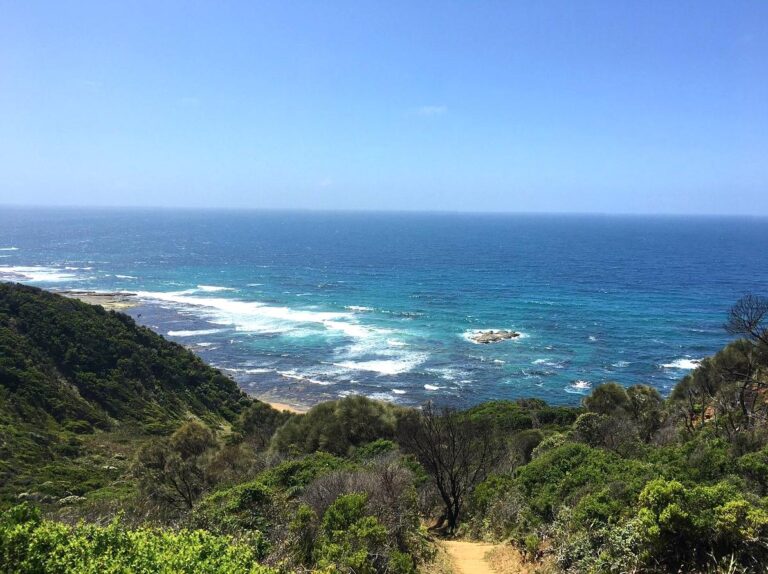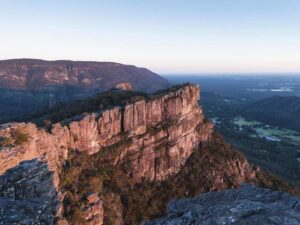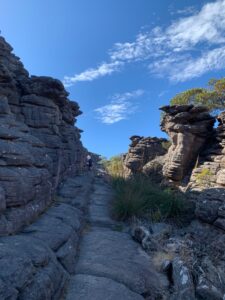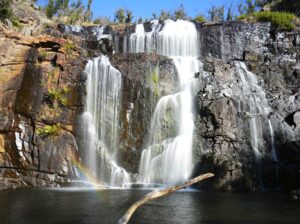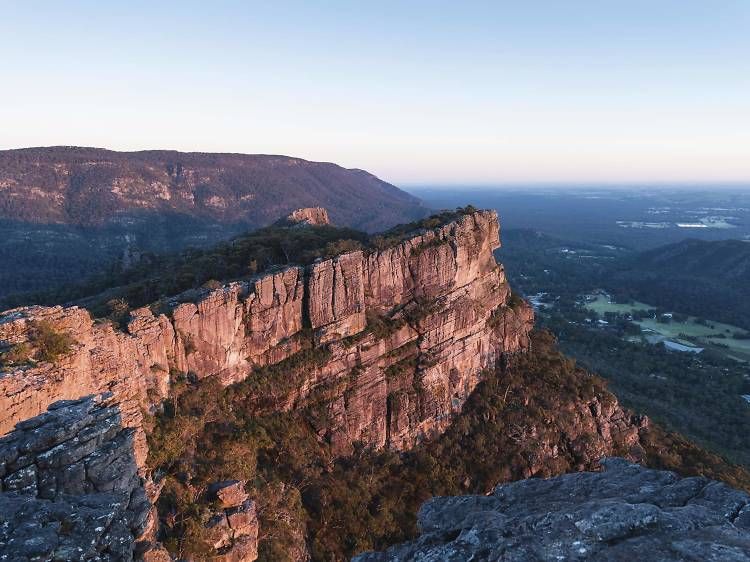
Grampians National Park, located in Victoria, Australia, is a stunning tribute to nature’s beauty. Known for its diverse landscapes that encompass rugged mountain ranges, lush valleys, and cascading waterfalls, this park offers an array of outdoor activities and experiences. Whether you’re a hiking enthusiast, an aspiring photographer, or simply someone looking to escape the hustle and bustle of urban life, the Grampians National Park has something for everyone. In this article, we’ll delve into the various attractions and activities that make the Grampians a must-visit destination.

Stunning Natural Landscapes
The landscapes of Grampians National Park are nothing short of spectacular. Towering sandstone cliffs, rolling hills, and deep valleys define the picturesque scenery. The park is home to the Grampians Mountain Range, which boasts remarkable rock formations like the iconic Mackenzie Falls and the Pinnacle Lookout. Visitors can explore scenic drives, such as the Grampians Scenic Road, which offers breathtaking views and easy access to several key attractions. Each season brings a unique charm; in spring, wildflowers carpet the area, while autumn boasts vibrant foliage that sets the landscapes ablaze with color. The diversity in flora and fauna adds another layer to the park’s allure, with over 1,000 species of flowering plants and numerous wildlife species, including kangaroos and emus.
Thrilling Outdoor Activities

Grampians National Park is a haven for outdoor enthusiasts, offering numerous activities that cater to all skill levels. Hiking is one of the most popular activities, with over 160 kilometers of walking trails that range from leisurely strolls to challenging treks. Some well-known trails include the challenging “Grampians Peaks Trail” and the easier “Clematis Falls Walk.” Additionally, rock climbing is favored by adrenaline seekers, with various cliffs featuring routes for different experience levels. For those who love water activities, fishing and kayaking at the nearby lakes are also available. Camping in the park provides a chance to immerse yourself fully in nature, with several well-equipped campgrounds to choose from. No matter your adventure preference, Grampians National Park guarantees an exhilarating experience in the great outdoors.
Flora and Fauna
The biodiversity of Grampians National Park is astounding, making it a key area for conservation in Australia. The park is home to a variety of ecosystems, from open forests to heathlands and woodlands. A significant portion of the park features endangered plant species, contributing to its ecological importance. Birdwatching is particularly rewarding here, with over 200 bird species documented, including the rare painted honeyeater and the intriguing wedge-tailed eagle. Additionally, the park provides habitat for various mammals, reptiles, and amphibians, which thrive in its distinct environments. Among the most noteworthy are the Eastern Grey Kangaroo and the shy echidna. Visitors are encouraged to observe wildlife responsibly to help preserve these delicate ecosystems for future generations.

Planning Your Visit
When planning a visit to Grampians National Park, it’s essential to consider the best times to go, available accommodations, and park facilities. The ideal time for exploration is during spring (September to November) and autumn (March to May) when the weather is mild, and the landscapes are in full bloom or showcasing vibrant autumn colors. For accommodations, options range from campgrounds to eco-friendly lodges and cabins, catering to various preferences and budgets. The park also features visitor centers that provide valuable information on park history, guided tours, and current weather conditions. It’s advisable to check for any alerts or park conditions ahead of your visit, ensuring your adventure runs smoothly. A well-planned trip can enhance your experience of soaking in the park’s breathtaking beauty.
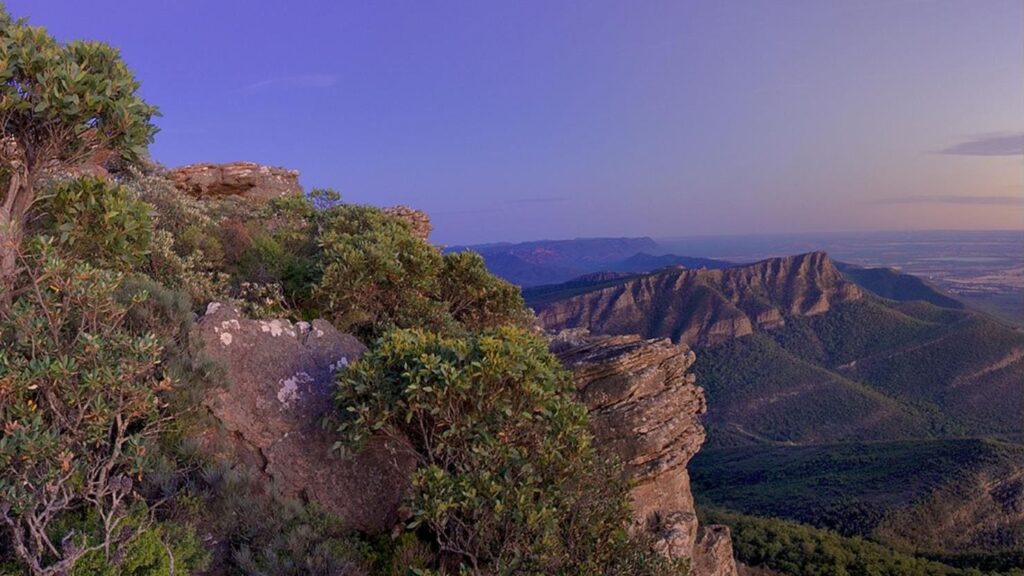
Conclusion
Grampians National Park is a must-visit destination for nature lovers, adventure seekers, and anyone looking to experience the diverse landscapes of Victoria, Australia. With its stunning vistas, thrilling outdoor activities, and rich biodiversity, the park offers something for everyone. Proper planning can ensure a fulfilling experience, allowing visitors to connect with nature while enjoying the serene surroundings and exciting adventures. No matter when you visit, the Grampians will leave a lasting impression, inviting you back time and time again.
FAQs
1. What is the best time to visit Grampians National Park?
The best times to visit are during spring (September to November) and autumn (March to May) when the weather is mild and the landscapes are vibrant.
2. Are there any accommodation options within the park?
Yes, Grampians National Park offers various accommodations, including campgrounds, lodges, and cabins to suit different preferences and budgets.
3. What activities can I do in Grampians National Park?
You can enjoy a wide range of activities, including hiking, rock climbing, birdwatching, fishing, and camping, making it perfect for outdoor enthusiasts.
4. How can I prepare for my visit to Grampians National Park?
Before visiting, check the park’s official website for updates on conditions, pack appropriate gear, and plan your itinerary to maximize your experience.
5. Is it safe to encounter wildlife in Grampians National Park?
While wildlife encounters can be thrilling, it is important to observe animals from a distance and respect their natural habitats for safety and conservation purposes.





